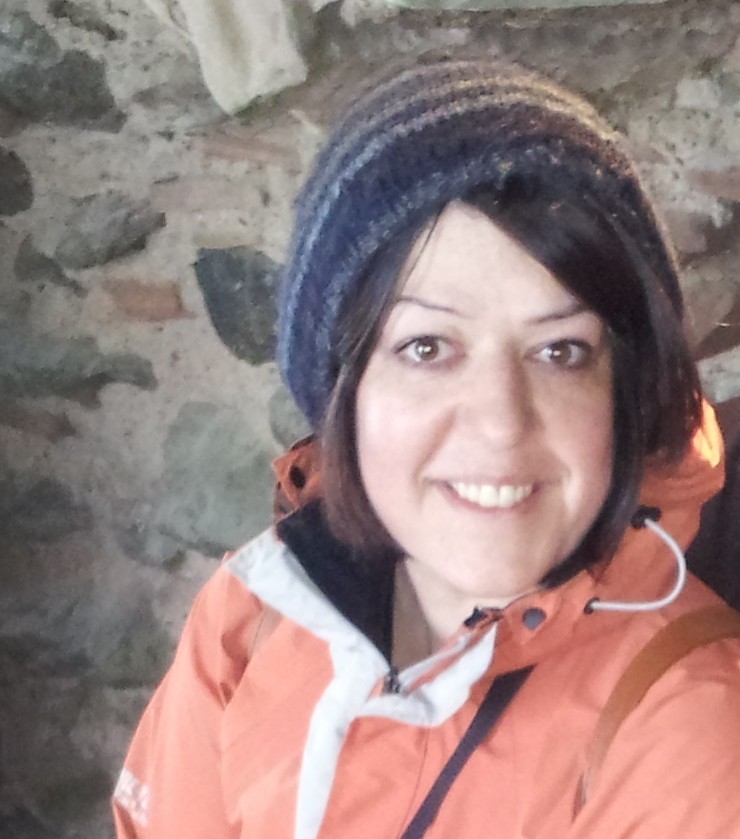A research project is trying to establish whether people can spot if a northern islands accent is real or fake.
Aberdeen University PhD student Kerry Karam is researching speech modification and language perceptions in Shetland.
She is looking for volunteers with any interest in Shetland to listen to her recordings of people speaking and give their opinions.
Brought up in Unst, Miss Karam, 37, has always been interested in her local dialect and was surprised to discover in research for her master’s degree that many speakers were unaware of how they used their dialect.
She said: “During interviews, I found many were modifying their speech in order to make themselves better understood by someone who was familiar with, but did not speak, the dialect.
“Following each interview, my volunteers were asked if they felt that they had used certain features that were specific to Shetland and they all felt that they had, where possible, used their true dialect.
“Linguistic analysis of their transcriptions, however, proved interesting. Many had categorically used an English or Scottish equivalent and showed no tokens at all of the Shetland variety.”
After discovering this, Miss Karam decided to base her PhD thesis around “knappin”, the process of modifying speech to be better understood.
She added: “I was fascinated by language perception in Shetland and when, how and why a Shetlander might knap.
“To help answer these questions and to gain a better understanding of the ‘real’ Shetland dialect, I’ve designed a questionnaire which can be filled in online.
“To get the most accurate results, I need as many volunteers as possible, with some knowledge of the Shetland accent.
“Those taking part will hear recordings of speakers reading the same paragraph, written in the Shetland dialect and have to decide if they consider the speaker to be a native Shetland dialect speaker or a speaker who has moved to Shetland and has either picked up the dialect or is attempting to mimic the dialect.
“All speakers live in Shetland and those who I have classed as ‘real’ considered themselves to speak in dialect while those I classed as ‘fake’ did not.”
The survey can be accessed at
tinyurl.com/lfzayan
and Miss Karam will use the results as a basis for further research into the Shetland dialect.
